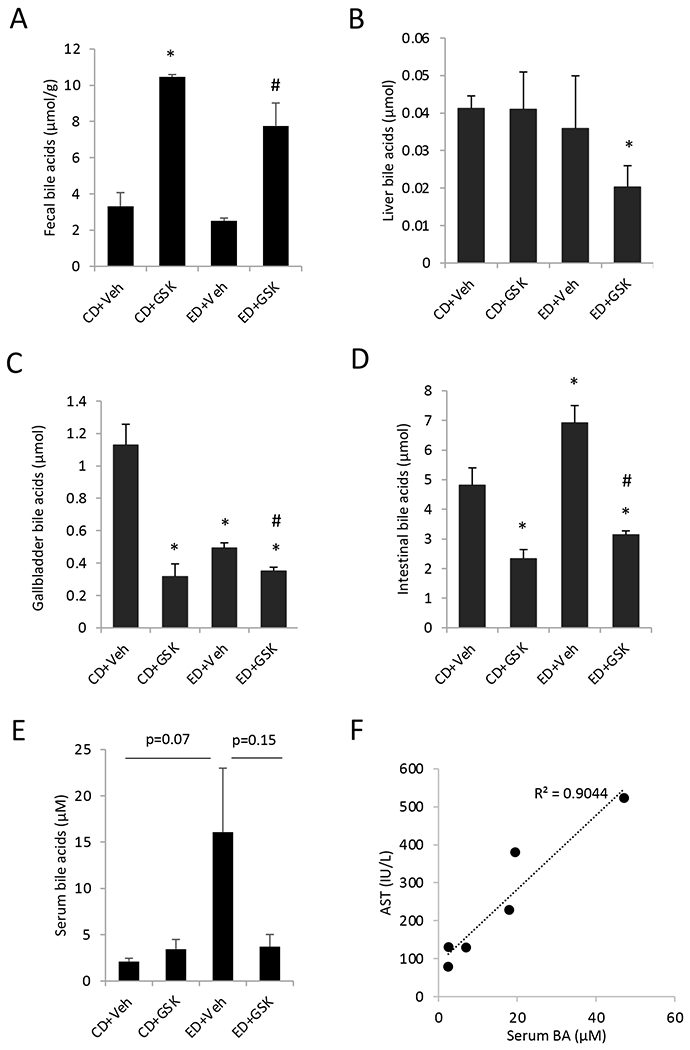Figure 2. GSK672 treatment decreases small intestinal and serum bile acid concentration in the alcohol-fed mice.

Male C57BL/6J mice were fed control diet (CD) or alcohol diet (ED) and treated with vehicle (Veh) or GSK672 (4 mg/kg/day) as described in the “Materials and Methods”. A. Fecal bile acids. Feces were collected from 3 cages per experimental condition (2 mice/cage). B-D. Total bile acids in liver, gallbladder and small intestine. The values are total bile acid content in the whole liver, gallbladder, and whole small intestine with its content. E. Serum bile acid concentration. Body weight before and after alcohol feeding. F. Correlation between serum AST and serum bile acids in the ED+Veh group. All results are expressed as mean±SEM (n=5-6). “*”, vs. CD+Veh. “#”, vs. ED+Veh.
